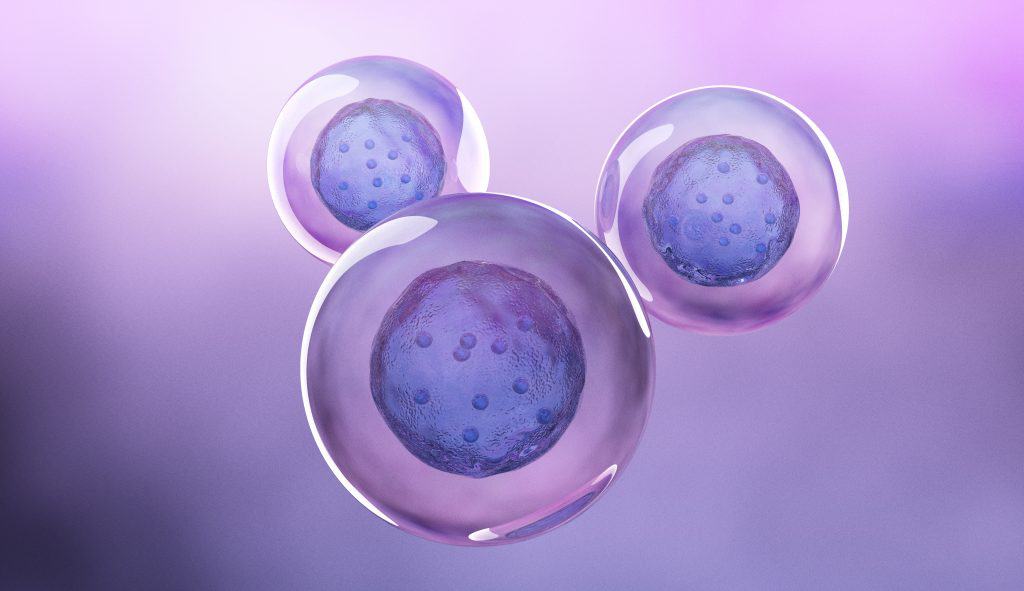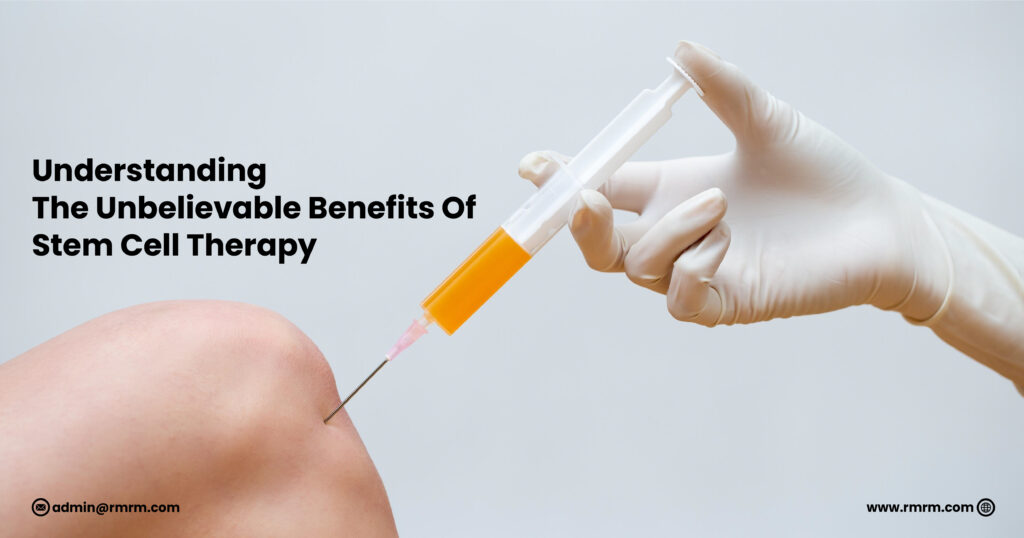What is Sacroiliitis?
The sacroiliac (SI) joints are located where the lower spine and pelvis connect. There is one joint on each side of the lower spine, two in total. Sacroiliitis is inflammation of one or both of these joints and can result in pain along the buttocks or lower back, and can extend further down one or both legs. Symptoms can be aggravated by standing, climbing stairs, running, even rolling over in bed.
Sacroiliitis can be challenging to diagnose, because it can be mistaken for other more common causes of low back pain. This condition has been linked to a group of diseases that cause inflammatory arthritis of the spine. These diseases include psoriatic arthritis, reactive arthritis, or arthritis related to inflammatory bowel diseases including ulcerative colitis or Crohn’s disease.
What’s the Most Frequently Performed Orthopedic Procedure for Such Injuries?
Non-operative treatments for sacroiliitis involve a combination of rest, heat/ice therapy, anti-inflammatory medications such as ibuprofen. Sacroiliac joint injections might also be recommended and these typically involve lidocaine and a powerful anti-inflammatory steroid. Although this provides great pain relief in the short-term, it is catastrophic to the health of the discs in the long-term and frequently results in requiring surgery a few years later.
Surgical options for SI joint pain should be cautiously regarded as a last resort as these come with significant risk and don’t actually address the root cause of the condition. By far the most frequently used option in this regard is SI joint fusion with the aim of increasing its load bearing capacity. However, as with spinal fusion elsewhere, this diverts pressure to other areas of the spine and over several years, patients develop problems above the fusion resulting in disc herniation, stenosis or spondylosis. Studies have shown that outcomes for this surgery are similar to that observed with higher spinal fusion — not very good.
Stem Cell Injection
Stem cells hold a central role in regenerative biological therapies for a reason. Not only are they unique amongst cells in that they can develop into other cell types, but more importantly, they attract and direct other cell types to initiate and complete the healing process. Many individuals have avoided or delayed surgery because unlike steroid or lidocaine injections, biological therapies attempt to repair the underlying injury rather than simply alleviating pain.
Our doctors can obtain stem cells from your body, typically from your own fat using a liposuction procedure or from bone marrow in your pelvic bone. The area is thoroughly numbed before the stem cells are extracted, but the procedure may cause mild discomfort.
After the stem cells are separated from fat, or from blood and other substances in the bone marrow, they are injected directly into the SI joints. Stem cell therapy does not produce results right away as maturation of reparative tissue takes time. However, over time the regenerative effect of stem cells may lead to results superior to even surgical options as the latter can lead to severe limitation of activities and need for repeat revisions/surgeries in later years.
Our doctors recommend one stem cell injection per year. If you are an athlete, someone prone to injuries, or anticipate future injections, we can help culture your stem cells. This diminishes the chances of you requiring future liposuction or bone marrow harvesting. The cultured cells will be available for decades to come.
Recovery from Therapeutic Injections
The site of injection may be swollen or tender for one or two days. Your doctor may recommend an over-the-counter pain reliever as well as application of an ice pack for 15 minutes at a time to relieve pain and reduce swelling.
Our doctors are specially trained to administer these injections. They are guided by live X-ray to ensure that injections are placed precisely within the SI joints.
Your doctor first injects a local anesthetic to numb the skin of the back, so you won’t feel any pain during the therapeutic injection into the joint. Such injections are performed as outpatient procedures, lasting about four hours on average.



